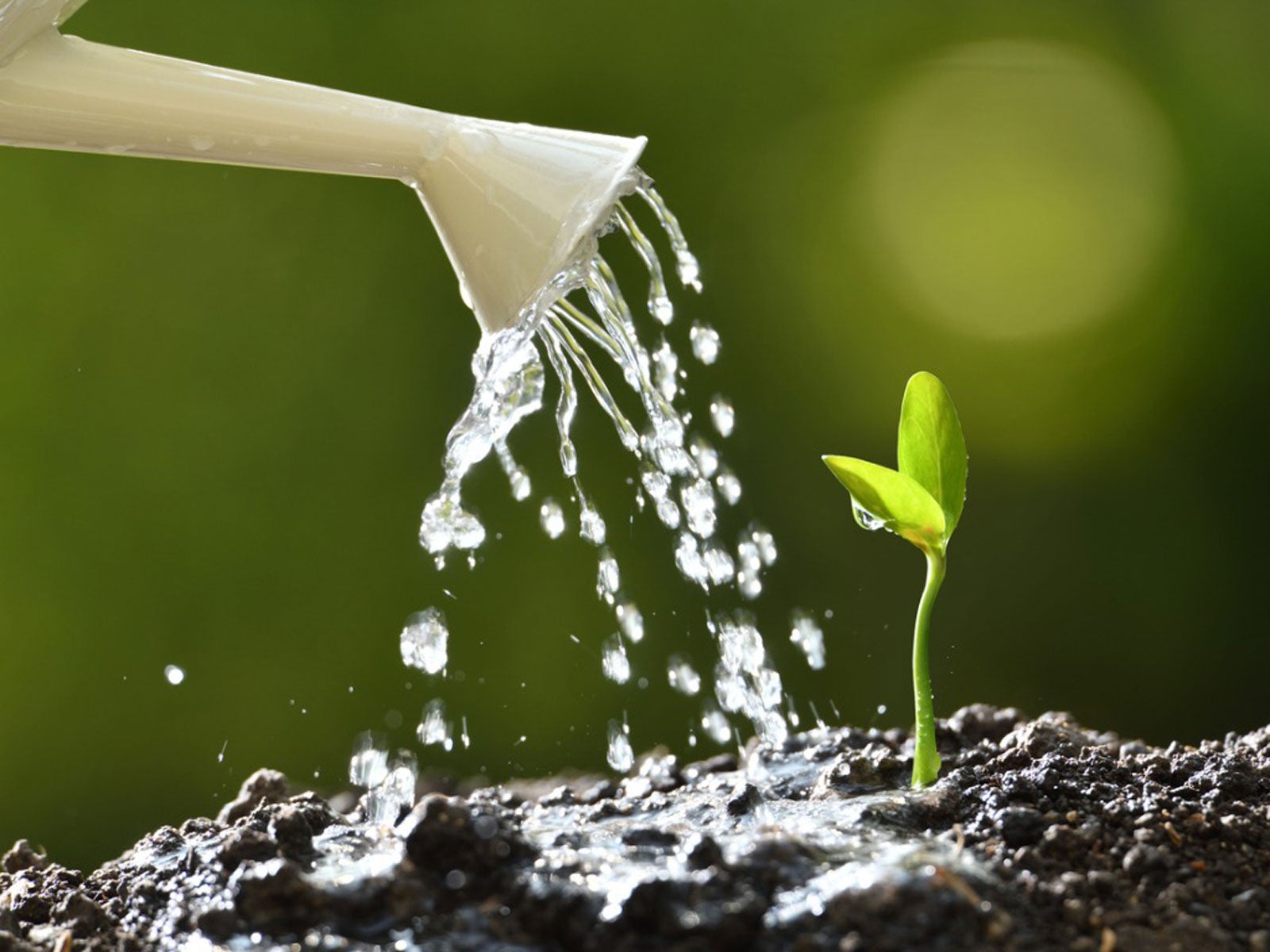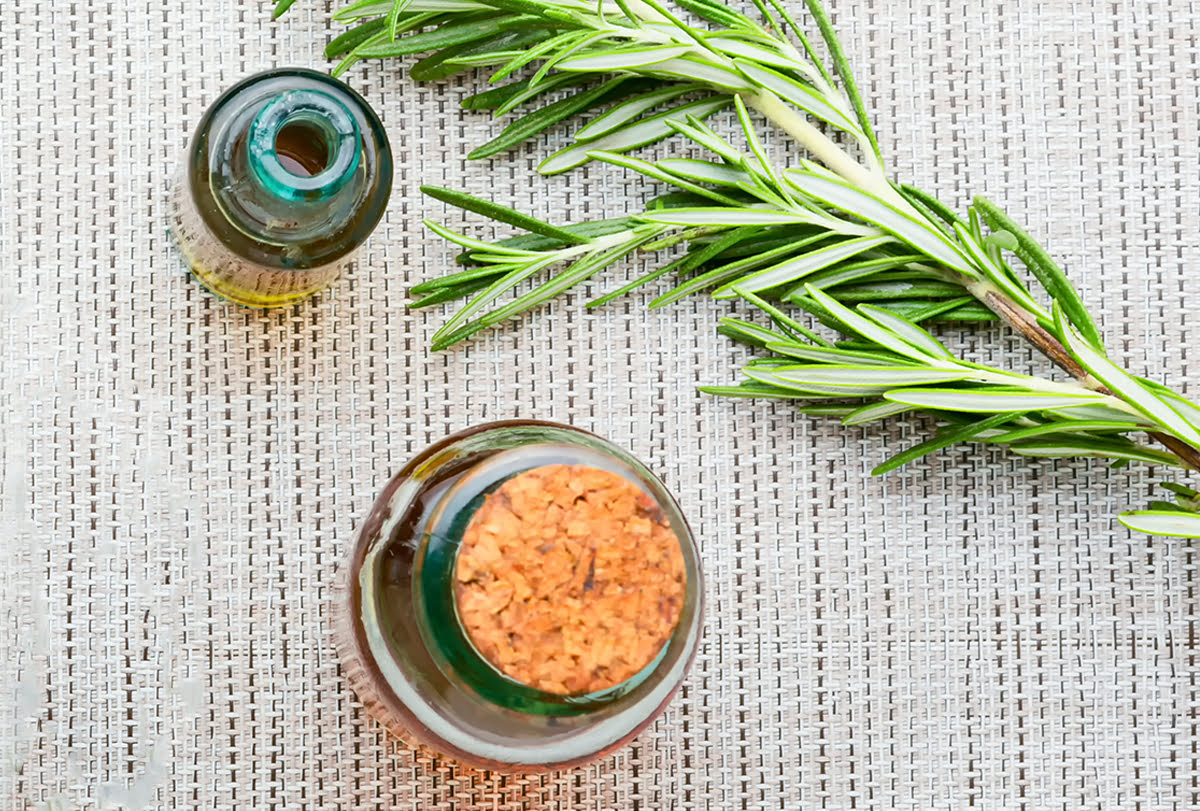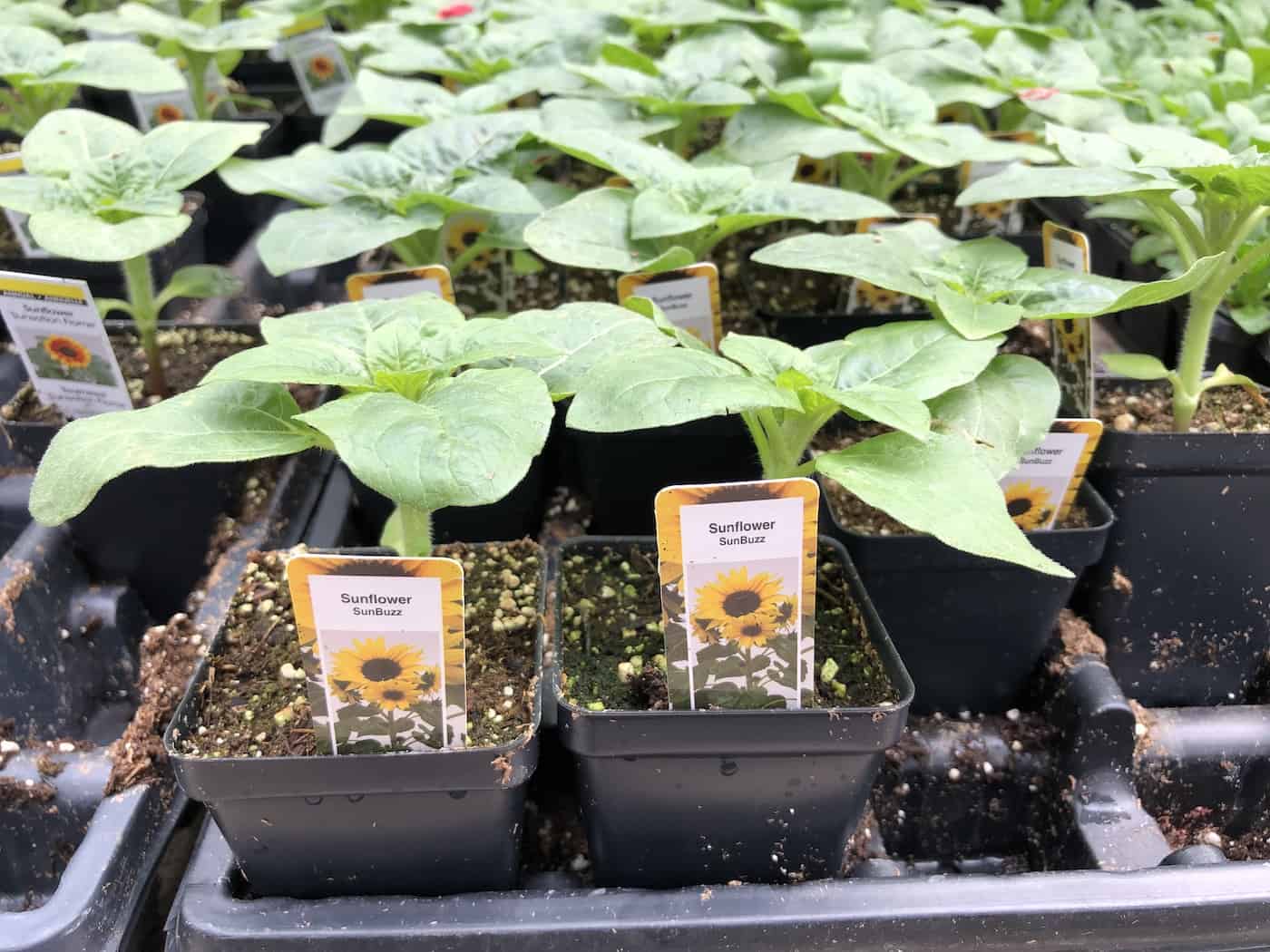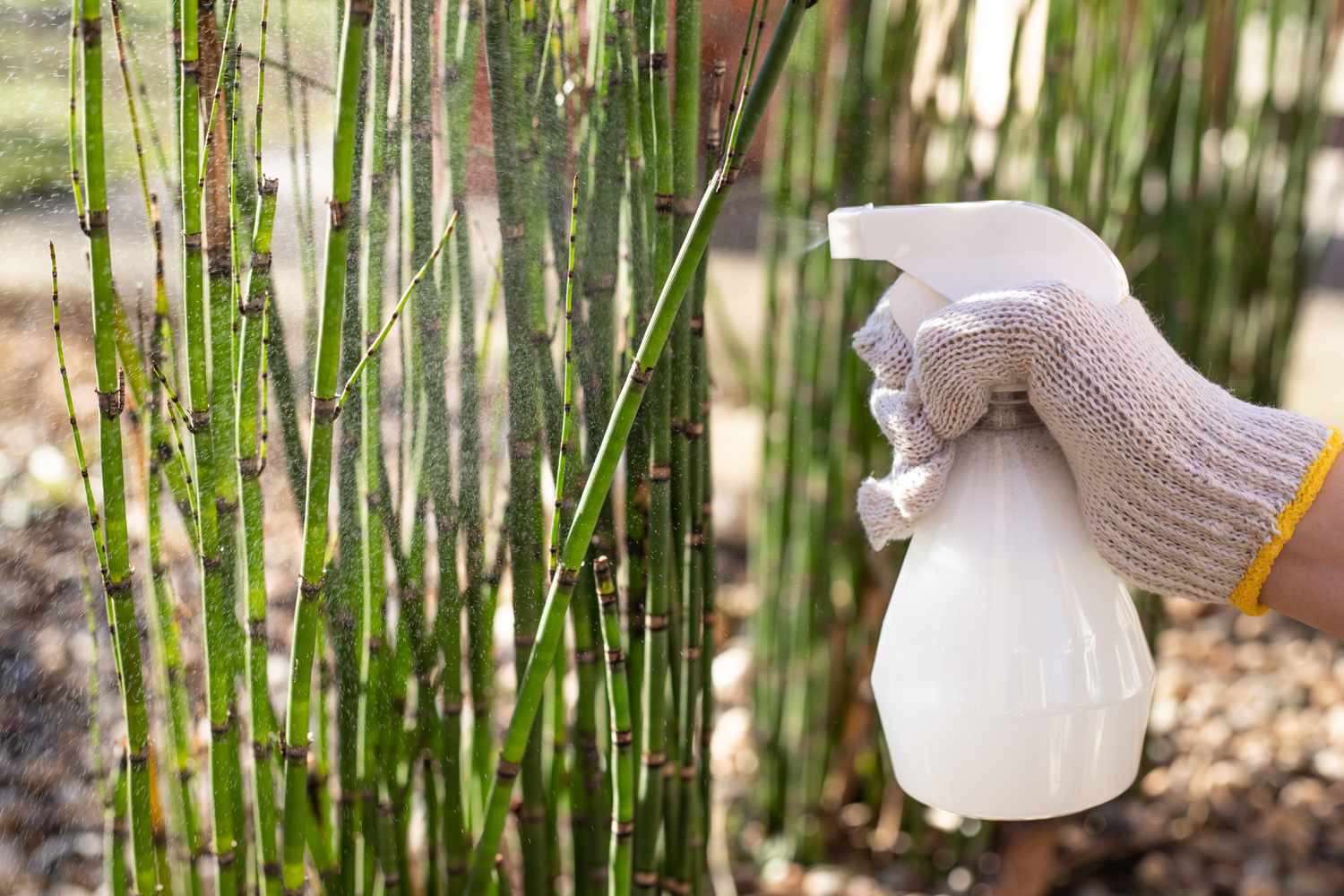Home>Types of Gardening>Edible Gardening>How Often Should I Water Seeds After Planting
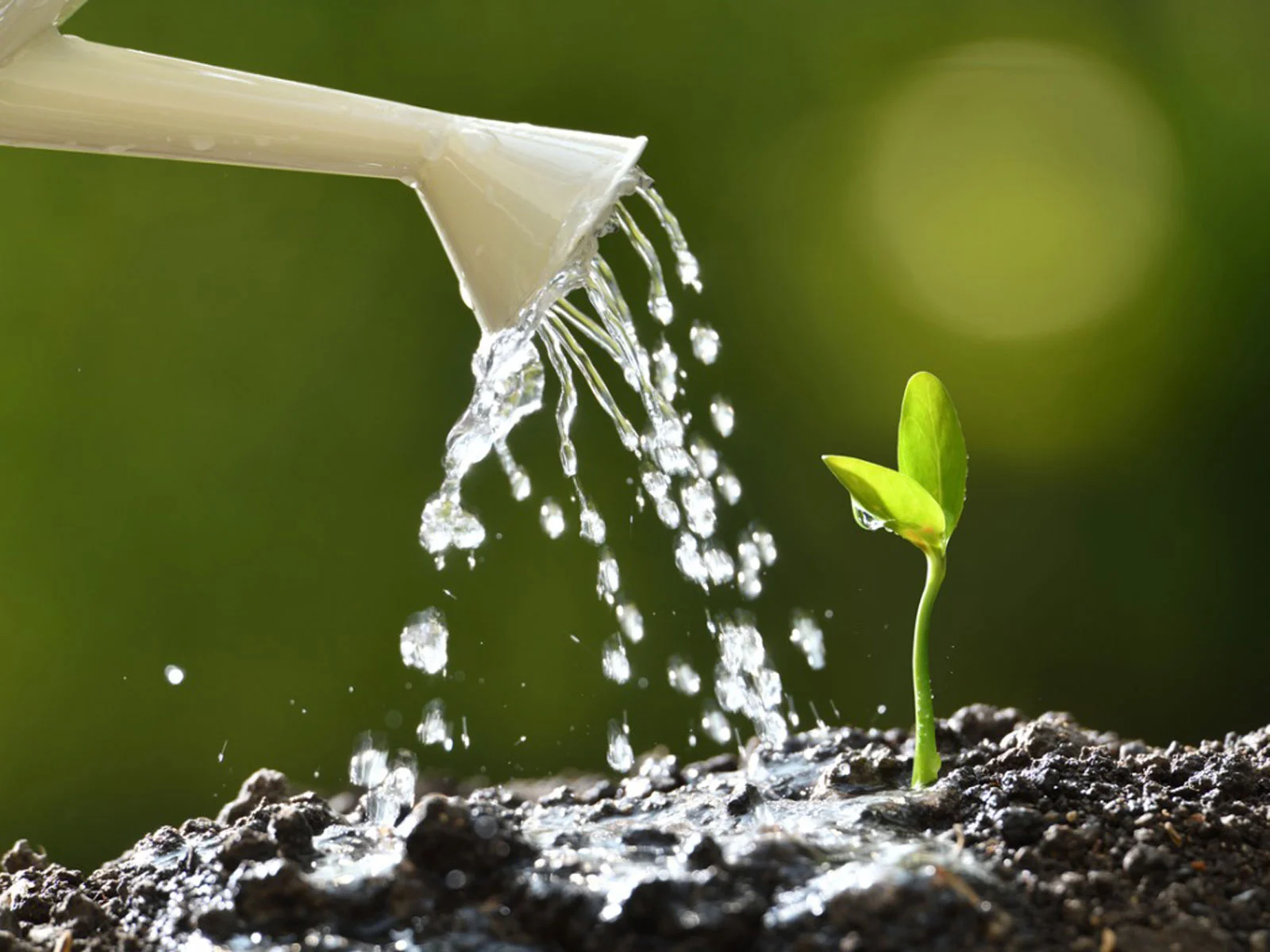

Edible Gardening
How Often Should I Water Seeds After Planting
Modified: January 22, 2024
Discover the best watering schedule for your edible garden seeds. Learn how often to water seeds after planting in your garden and ensure successful growth.
(Many of the links in this article redirect to a specific reviewed product. Your purchase of these products through affiliate links helps to generate commission for Chicagolandgardening.com, at no extra cost. Learn more)
Table of Contents
Introduction
Welcome to the exciting world of edible gardening! There is something incredibly satisfying about growing your own food, and whether you have a spacious backyard or a small balcony, planting seeds is the first step to a bountiful harvest.
But when it comes to watering your newly planted seeds, many gardeners are unsure of how often to water and how much is too much. In this article, we will explore the factors to consider when watering seeds, the watering frequency for different types of seeds, and signs of both overwatering and underwatering.
Watering your seeds correctly is crucial for their healthy growth and germination. Too much water can lead to root rot, while too little water can inhibit root development. By understanding the watering needs of your seeds, you can provide them with the optimal growing conditions and set them up for success.
Before we dive into the specifics, it is important to note that every gardening situation is unique. Variables such as climate, soil type, and the specific plant species you are growing will influence how often you should water your seeds. It is essential to monitor your plants closely and adjust your watering routine accordingly.
With that said, let’s explore the factors to consider when watering your seeds to ensure their successful growth!
Factors to consider when watering seeds
When it comes to watering seeds, there are several factors to consider to ensure their proper growth and development. These factors include:
- Seed type: Different seeds have different moisture requirements. Some seeds, like lettuce and spinach, prefer consistently moist soil, while others, like succulents, thrive in drier conditions. Research the specific needs of the seeds you are planting to determine their watering requirements.
- Soil moisture: The moisture content of your soil plays a crucial role in watering. The soil should be evenly moist but not saturated. Before watering your seeds, check the moisture level by sticking your finger into the soil. If it feels dry an inch below the surface, it’s time to water.
- Climate: The climate in your region also affects the watering needs of your seeds. In hot and dry climates, seeds may require more frequent watering to prevent them from drying out. In cooler and more humid regions, watering less frequently may be sufficient.
- Time of day: The best time to water your seeds is early in the morning or late in the afternoon. Avoid watering during the hottest part of the day as the water can evaporate quickly, and the leaves may burn if wet in direct sunlight.
- Container type: If you are planting your seeds in containers, be mindful of the material. Plastic containers tend to retain more moisture, while clay pots allow for better drainage. Adjust your watering frequency accordingly.
- Seed depth: The depth at which you plant your seeds can also impact watering. Seeds planted deeper require more time for the water to reach them, so water them a bit longer or more frequently.
By considering these factors, you can develop a watering routine that suits the specific needs of your seeds and ensures their optimal growth. Remember, it’s always better to underwater slightly than to overwater, as too much water can lead to root rot and other fungal diseases.
Watering frequency for different types of seeds
The watering frequency for different types of seeds varies depending on their specific needs. Here are some general guidelines to help you determine the appropriate watering schedule for common types of seeds:
- Vegetable seeds: Most vegetable seeds prefer evenly moist soil. Water them thoroughly after planting, and then monitor the soil moisture daily. Depending on the weather and soil conditions, you may need to water every 1-3 days until the seeds germinate. Once the seedlings emerge, gradually reduce the frequency to 2-3 times per week, providing deep watering to encourage strong root growth.
- Herb seeds: Like vegetables, herb seeds generally prefer consistently moist soil. Water them after planting, keeping the soil evenly moist until germination. After that, water them as needed, typically every 2-3 days, depending on the weather. Avoid letting the soil dry out completely, as this can affect the flavor and quality of herbs.
- Flower seeds: Flower seeds have varying moisture requirements. Some prefer drier conditions, while others need consistently moist soil. Research the specific needs of the flowers you are planting and adjust your watering routine accordingly. Generally, seedlings require more frequent watering until they are established, after which you can reduce the frequency to every 2-3 days or as needed.
- Succulent seeds: Succulent seeds, such as cacti and sedums, need a well-draining soil mix and less frequent watering. Once planted, water them lightly to avoid waterlogged soil. Allow the soil to dry out between waterings, typically every 7-10 days. Pay attention to the appearance of the succulents; if they start to look shriveled or wrinkled, it’s a sign that they need water.
- Fruit tree seeds: Fruit tree seeds, like apple or peach seeds, require consistent moisture during their germination period. Water them after planting and maintain even moisture until the seedlings emerge. Once they are established, reduce the frequency to deep watering once every 7-10 days or as needed.
Remember that these are general guidelines, and it’s essential to observe and adjust your watering routine based on your specific growing conditions. Regularly check the soil moisture and the plants’ overall health to ensure they are receiving the right amount of water.
Signs of overwatering seeds
Overwatering seeds can be detrimental to their growth and can lead to various problems. It’s important to recognize the signs of overwatering so that you can adjust your watering routine accordingly. Here are some common signs of overwatering seeds:
- Drooping or wilting: Surprisingly, overwatered seeds can exhibit the same drooping or wilting appearance as underwatered seeds. This is because excessive water can lead to root damage, preventing the plant from taking up nutrients properly.
- Yellowing leaves: If the leaves of your seedlings are turning yellow or developing brown spots, it could be a sign of overwatering. Excessive moisture can cause the roots to suffocate, resulting in poor nutrient absorption and leaf discoloration.
- Mushy or rotting roots: When you gently remove a seedling from the soil and notice mushy or rotting roots, it is a clear indication of overwatering. Healthy roots should be firm and white.
- Foul odor: Overwatering can lead to stagnant water and poor soil aeration, creating a breeding ground for bacteria and fungi. If you notice a foul smell coming from the soil, it is likely due to excessive moisture.
- Slow growth or stunted development: Overwatered seeds may experience delayed growth or fail to thrive. The excess moisture can restrict root growth and prevent the uptake of nutrients, resulting in stunted development.
If you notice any of these signs, it’s important to take action to correct the watering situation. Allow the soil to dry out before watering again and adjust your watering frequency to prevent overwatering in the future.
Remember, it’s better to underwater your seeds slightly than to overwater them. Providing the right amount of water is crucial for the healthy growth and development of your seeds and seedlings.
Signs of underwatering seeds
Just as overwatering can cause problems for seeds, underwatering can also hinder their growth and development. It’s crucial to recognize the signs of underwatering so that you can address the issue promptly. Here are some common signs of underwatering seeds:
- Drooping or wilting: One of the first signs of underwatering is drooping or wilting leaves. When a plant lacks water, it will try to conserve moisture by reducing the surface area of its leaves.
- Yellow or brown leaves: Insufficient water can cause the leaves to turn yellow or brown. This occurs because the plant cannot access enough water to carry out essential metabolic processes.
- Dry and brittle soil: If the soil feels dry and crumbly instead of moist when you insert your finger into it, it is an indication that the seeds need watering. Underwatered soil lacks the necessary moisture for seed germination and growth.
- Slow or stunted growth: Without sufficient water, seedlings may experience slow or stunted growth. Lack of hydration affects their ability to absorb nutrients and develop strong root systems.
- Leaf drop: In extreme cases of underwatering, the plants may shed their leaves as a survival mechanism to conserve energy and reduce water loss through transpiration.
If you notice any of these signs, it’s important to address the issue by providing adequate water to your seeds. Water thoroughly, ensuring that the soil is evenly moist but not waterlogged.
It’s worth noting that different types of seeds have varying water needs, so adjust your watering routine accordingly. Monitoring the moisture levels in the soil and observing the overall health and growth of your seedlings will help you determine the appropriate watering frequency.
Remember, consistency is key when watering seeds. Regularly checking the soil moisture and providing the right amount of water will support healthy germination and growth, ensuring the success of your edible garden.
Tips for watering seeds effectively
Watering seeds effectively is crucial for their healthy growth and development. By following these tips, you can ensure that your seeds receive the right amount of water:
- Use a watering can or gentle spray: When watering seeds, it’s best to use a watering can with a fine rose attachment or a gentle spray nozzle. This allows for a controlled and even distribution of water, preventing the seeds from being dislodged or damaged.
- Water at soil level: Direct the water at the base of the plants, aiming for the soil rather than the leaves. This helps to reduce the risk of fungal diseases and ensures that the roots receive the necessary moisture.
- Water deeply: Rather than giving your seeds a quick sprinkle, water them deeply. This encourages the roots to grow deep into the soil, promoting strong and healthy plants. Ensure that the water penetrates at least a few inches into the soil.
- Allow for proper drainage: Good drainage is essential to prevent waterlogging and root rot. Make sure your planting containers or beds have drainage holes or are filled with well-draining soil. Excess water should be able to flow out freely.
- Adjust watering frequency with the seasons: As the weather and temperature change throughout the year, adjust your watering frequency accordingly. Seeds may require more water during hot summer months and less during cooler periods.
- Observe and monitor: Pay close attention to your seedlings and monitor their growth and overall health. This will help you gauge if they are receiving the right amount of water. Adjust your watering routine if necessary.
- Mulch to conserve moisture: Applying a layer of organic mulch around your seedlings can help retain moisture in the soil, reducing evaporation and the need for frequent watering. Mulch also helps suppress weeds that could compete with your seeds for water.
- Consistency is key: Establish a consistent watering routine for your seeds. Regularly check the soil moisture and ensure that your seeds receive water at the appropriate intervals, avoiding both overwatering and underwatering.
By following these tips and monitoring your plants closely, you can ensure that your seeds receive the right amount of water for optimal growth and development.
Conclusion
Watering seeds effectively is a critical aspect of edible gardening. By understanding the factors to consider, such as seed type, soil moisture, climate, and container type, you can tailor your watering routine to provide the optimal conditions for seed germination and growth.
Overwatering and underwatering seeds can both have detrimental effects on their development. By recognizing the signs of overwatering, such as drooping leaves, yellowing foliage, mushy roots, foul odors, and slow growth, you can adjust your watering practices to prevent root rot and other issues.
Similarly, signs of underwatering, such as wilting leaves, yellow or brown foliage, dry soil, slow growth, and leaf drop, indicate the need for more frequent and thorough watering to ensure proper hydration and nutrient uptake.
Remember to water your seeds deeply, at soil level, and provide adequate drainage to prevent waterlogging. Adjust your watering frequency based on the changing seasons and climatic conditions in your area.
Observation and careful monitoring of your seedlings’ growth and overall health are crucial for determining the appropriate watering routine. Adjust as needed to meet the specific needs of each type of seed.
By following these tips and maintaining consistency in your watering routine, you can provide optimal growing conditions for your seeds, setting them on the path to a successful and bountiful edible garden!

